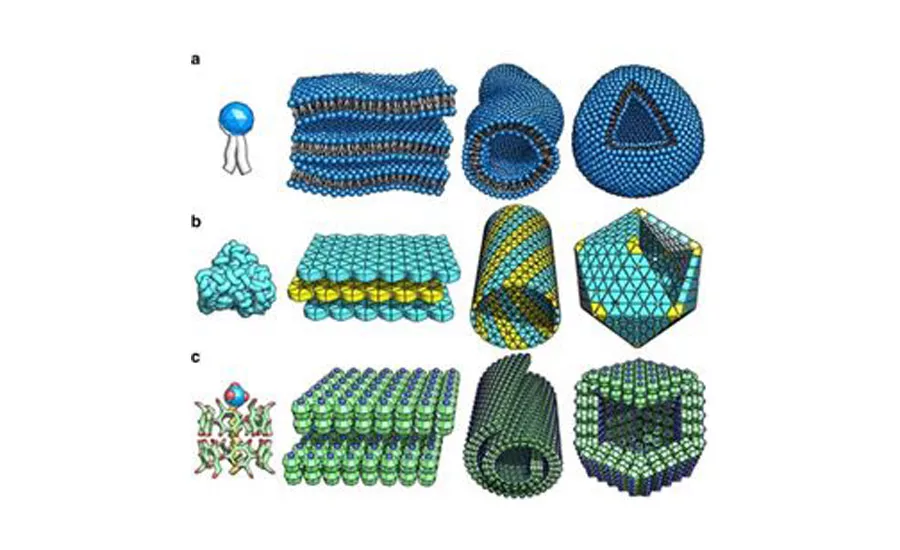New Research in Self-Assembling Nanomaterials
Mimicking how the biological world arranges itself could help advance the next generation of nanomaterials.

TSUKUBA, Japan - Collaboration between material scientists, biologists and chemists could advance the development of self-assembling nanomaterials, called nanoarchitectonics, argues a review in the journal Science and Technology of Advanced Materials. While cyber technologies currently capture the public imagination, investment in this type of collaborative materials research is crucial in order to meet societal needs in energy storage, chemical sensing and a broad range of biological applications.
Nanoarchitectonics allows the arrangement of groups of atoms or molecules into a preordained structure. They can be used to create tiny electrical circuits, manipulate chemicals and create various building blocks for nanoscale technologies. Nanoarchitectonics materials that self-assemble into the desired arrangement are necessary to optimize and advance these technologies.
Katsuhiko Ariga and colleagues in Japan's National Institute for Materials Science examined recent progress in materials nanoarchitectonics. They believe that predicting the future of these materials requires an examination of biological systems, such as cell and protein surfaces, and macromolecular interfaces.
Self-assembled structures are common in biology, for example, in lipid layers or components of cytoskeletons. Therefore, understanding how to control the evolution and behavior of biological structures could help with nanoarchitectonics. Although there is progress in developing some biological interface materials, creating highly sophisticated self-assembled systems is not yet possible. Collaborations between material scientists, biologists and chemists are needed to replicate the characteristics of highly evolved biological systems in nanomaterials.
"The development of functional materials by self-assembly nanoarchitectonics is analogous with the evolution of living creatures from component molecules," the reviewers write. "However, while living systems took billions of years to evolve, nanoarchitectonics could be used to accomplish many of its anticipated goals within the next few decades."
To read the paper, "Self-assembly as a key player for materials nanoarchitectonics," visit https://doi.org/10.1080/14686996.2018.1553108.
Looking for a reprint of this article?
From high-res PDFs to custom plaques, order your copy today!






